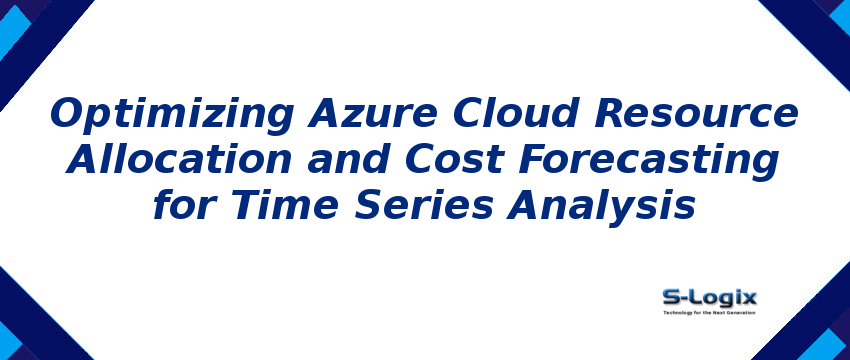
| Category | Technology & Azure Service | Purpose |
|---|---|---|
| Data Ingestion | Azure REST APIs (Consumption, Monitor) | Programmatically extract cost and metric data. |
| Data Storage | Azure Data Lake Storage (ADLS) Gen2 | Centralized, scalable storage for raw and processed data. |
| Data Processing | Azure Databricks / Azure Synapse Analytics | Spark-based engine for data transformation, feature engineering, and preparation. |
| Machine Learning | Azure Machine Learning (AML) Service | Platform to train, deploy, and manage time series models (e.g., Prophet, ForecastTCN). |
| Orchestration | Azure Data Factory | Orchestrate and schedule the entire data pipeline (ETL, model retraining). |
| Automation | Azure Logic Apps / Azure Automation | Automate responses to forecasts (e.g., send emails, trigger scaling scripts). |
| Visualization | Power BI | Create interactive dashboards for cost and forecast reporting. |
| Compute | Azure Container Instances (ACI) / Azure Kubernetes Service (AKS) | For deploying model inference endpoints (if using AKS). |
| Monitoring | Azure Monitor / Application Insights | Monitor the health and performance of the ML pipeline and web services. |